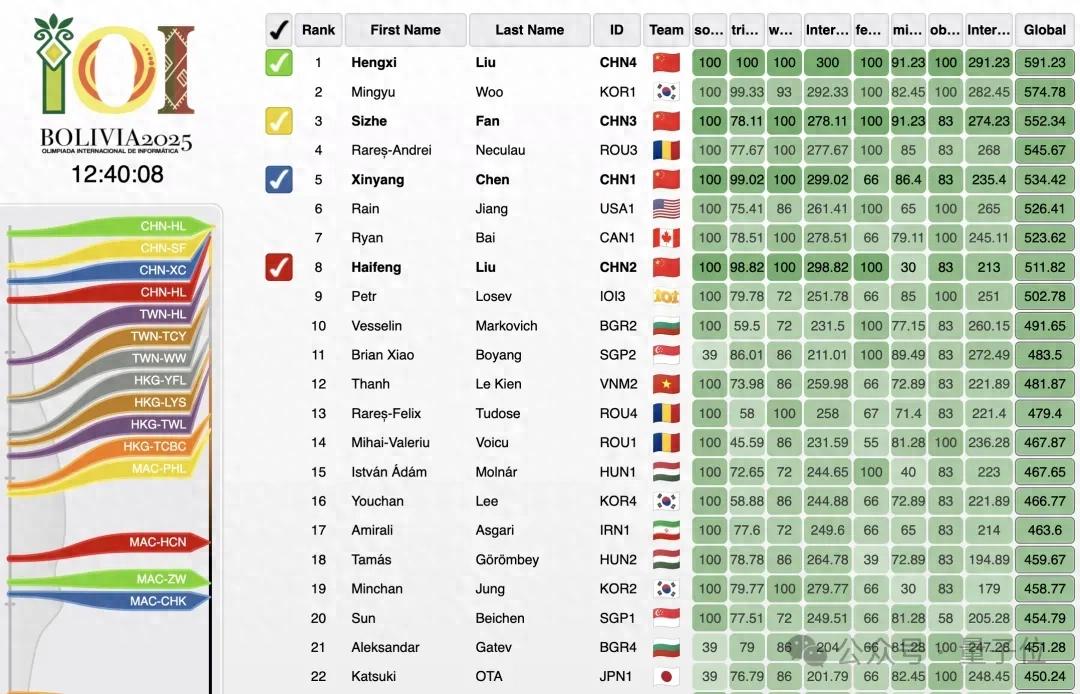TMTPOST -- Apple Inc. executives at an earnings call late Thursday provided some color to how the hefty tariffs imposed by the Trump administration would impact the iPhone maker’s financial performance.

Credit:Apple
For the third fiscal quarter ended on June 30, Apple incurred approximately $800 million of tariff-related costs and for the current quarter ended in late September, the company estimated the impact to add about $1.1 billion to its costs, assuming the existing global tariff rates, policies and applications do not change for the balance of the quarter and no new tariffs are added, Apple CEO Tim Cook told analysts.
He added that such estimate should not be used to make projections for future quarters, as there are many factors that could change, including tariff rates.
The $800 million cost was slightly lower than Cook revealed in May when Apple released financial results for the March quarter. He warned that month the Trump administration’s tariffs could make a $900 million hit for from April to June.
Apple expected total revenue for the September quarter to grow mid to high-single-digit year-over-year (YoY), and gross margin that quarter is anticipated to be between 46% and 47%, which includes the estimated impact of the $1.1 billion tariff-related costs that Tim referred to, said Chief Financial Officer Kevan Parekh in his briefing.
Gross margin for the June quarter stood at 46.5%, down from 47.1% three months earlier but at the upper end of Apple’s guide range between 45.5% to 46.5%. The margin guidance suggested Apple anticipated tariffs would not shaken its margin immediately even upcoming reciprocal tariffs starting in August.
Parekh stressed the color the management provided here assumes that the global tariff rates, policies, and application remain in effect as of this call, the global macroeconomic outlook does not worsen from Thursday, and the current revenue share agreement with Google continues.
The outlook of mid-to-high single-digit growth rate suggested a slowdown after the June quarter, in which Apple delivered its largest revenue growth since December 2021. The Cupertino, California-based company said revenue for the June quarter gained 9.6% YoY to $94.04 billion, massively beating Wall Street estimated $89.3 billion. Diluted earnings per share (EPS) rose 12.1% YoY to $1.57, compared with projection of $1.43.
IPhone, the product contributing nearly half of Apple’s revenue, generated $44.58 billion with a 13% YoY increase, well above analysts’ estimates of $40.06 billion. That was in part owing to Apple’s surprisingly turnaround in China, the world’s top smartphone market. Revenue from Greater China advanced 4.35% YoY to $15.37 billion, reversing the quarterly decline over the past two years. The market covering mainland China, Hong Kong and Taiwan saw a 2.3% YoY drop in revenue for the January to March period.
While Cook in May said Apple didn’t see “obvious evidence” of a significant pull forward in demand in the March quarter due to tariffs, he on Thursday acknowledged the robust top line was partially fueled by consumers trying to get ahead of higher tariffs.
“We would estimate the pull-forward of demand into April specifically to be about one point of the 10 points in terms of people buying because of discussions about tariffs,” Apple CEO Tim Cook said at the earnings conference, referencing the nearly 10% uptick in sales for June quarter.
During the question and answer part, Parekh clarified the outlook of mid-to-high single-digit revenue growth rate for the current quarter was taken into account of the effect of the tariff-related pull ahead in demand that Tim referenced, namely, about 1 of the 10 percentage points of revenue growth. He said another factor that led to such outlook is fact that in the September quarter a year ago, Apple had the full quarter impact of the iPad launches. As to foreign exchange, he believes it is a very minor tailwind going from the September to December quarter of this year, so not really a major factor.
Prior to the earnings call, Cook said that Apple saw users buying devices including iPhones outside of normal expectations because of concerns that tariffs would force prices to rise. "On the buying ahead relative to worrying about prices and so forth on tariffs, we did see some evidence of that in the early part of the quarter," Cook told CNBC. "We would estimate it to be about one point of the 10 points of company growth."







